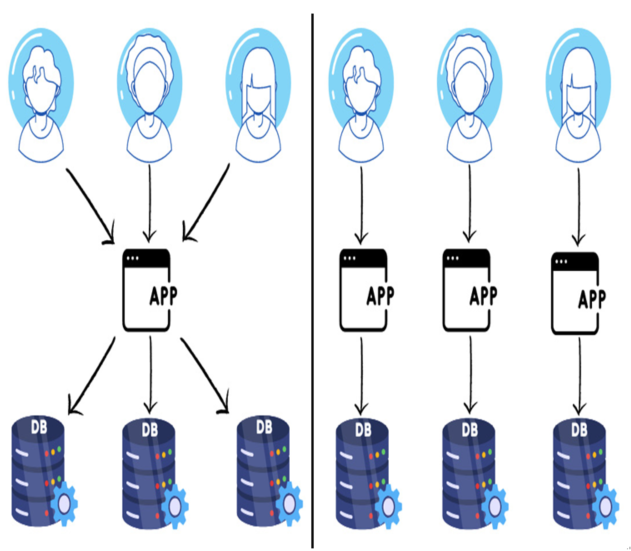Tip
If you want to find out if something is currently happening with your instance or if there is any maintenance, visit https://status.salesforce.com/. There, you will find all ongoing incidents or maintenance.
Updates are the next tasks to do so allow me to paint you a brief scene. Imagine a married couple, Jane and John Doe, spending their time at our hotel, Dark Side of the Moon. Just as they are settling down to sleep, there is a knock, and hotel staff enter wanting to change the door lock. Sounds inconvenient, doesn’t it? The same goes for updates; they must be well timed.
That is why if you are familiar with Salesforce, you’ve likely heard about the new releases. They are announced well in advance, and before such an event, you receive a notification upon login that the org will be briefly unavailable. Thanks to these releases, we gain new functionalities and safeguards.
And now, the final piece of the puzzle is the compatibility of custom solutions. As you probably know, our hotel, Dark Side of the Moon, is quite accommodating to its guests. One day, a certain Vlad, specifically Vlad Dracula, arrives at the hotel from distant Romania. Given that Mr. Dracula is not fond of sunlight, he requests the installation of sun-blocking blinds. Since Vlad is a long-standing, indeed a very long-standing, guest, the hotel agrees and installs special blinds. It is the same with our multi-tenant structure. Tenants can customize their systems to their needs, but there is one rule – it must be compatible with the main version of the system.
But are there other solutions that users employ? Indeed, there are.
Single-tenant structures
Besides the multi-tenant structure, there are also models such as single-tenant and hybrid models. In the single-tenant model, a tenant utilizes only the resource dedicated to them. This ensures full infrastructure-level isolation, a significant advantage in terms of security and performance. However, it also entails additional costs. Individual resources must also be updated individually or by the tenants themselves.
Hybrid structures
Then, there is the hybrid structure, a blend of shared and tenant-dedicated resources. Such a structure provides a balance between isolation and costs. Updates can be tailored to the client’s needs but also incorporate all the crucial updates. Next, you will find an illustrated diagram of the two architectures – hybrid and single-tenant:

Figure 2.2: Hybrid versus single-tenant architecture
Salesforce has chosen the multi-tenant structure, built its solution’s strength on it, and executed it well. Thanks to this, customers are pleased with the quality versus cost balance.
Of course, the choice of the appropriate architecture depends on the needs of a particular client. However, when deciding, it is crucial to understand the benefits and limitations of each.
Owing to its cost-effectiveness, ease of management, and high scalability, the multi-tenant architecture has become a key element in today’s cloud technologies. Still, one must remember that every solution has its pros and cons: single-tenant, multi-tenant, or hybrid, each has its challenges.
When considering the implementation of a specific solution, one must think through each of these models and check its adaptability to their needs. What matters isn’t the model in which the new solution will be implemented but that the world is moving forward, and innovative technologies are opening the door to exciting new journeys. Thanks to this chapter, you now understand the structures that exist in the world of cloud solutions. And most importantly, you know the style in which our CRM is designed. The next time a client asks you, you can confidently explain how users connect to Salesforce. And how they create orgs. Wait, wait – do you already know this term? No? Then see you in the next section, which will clarify this term. See you later, administrator!
